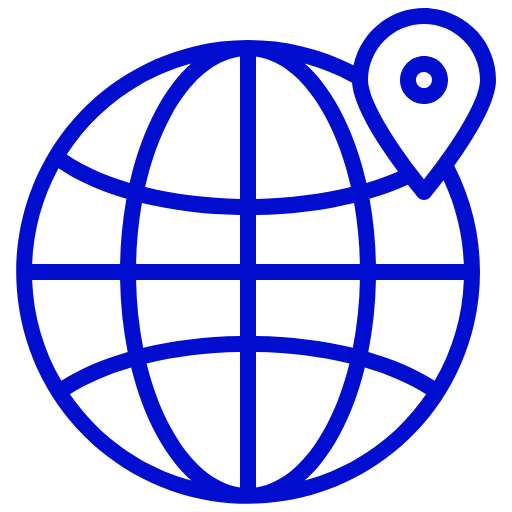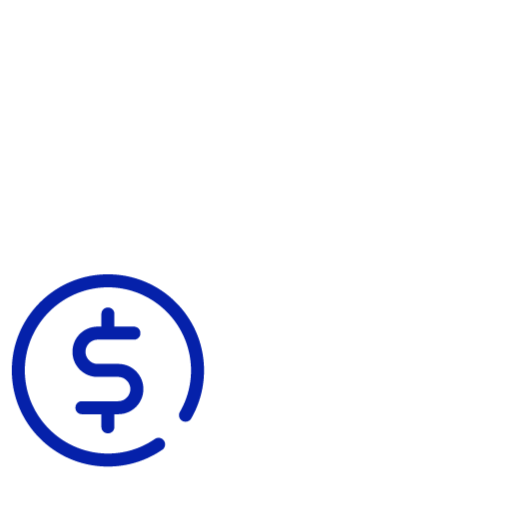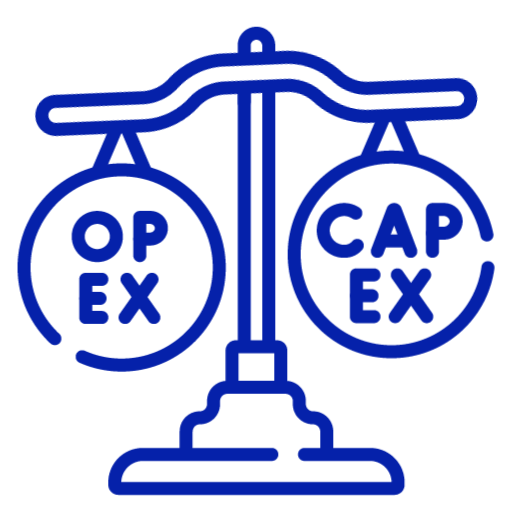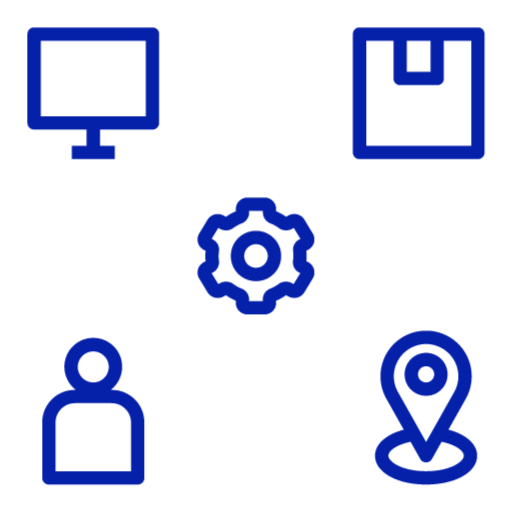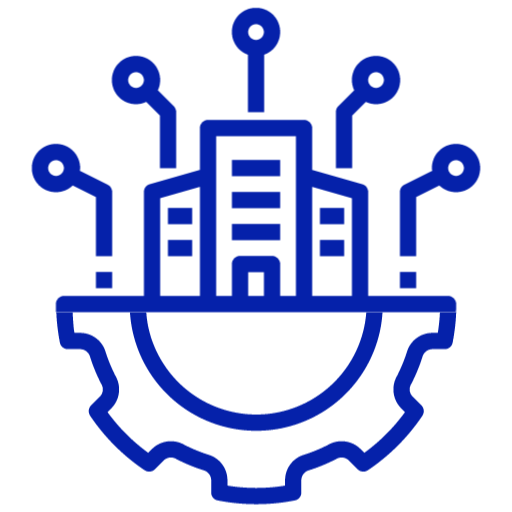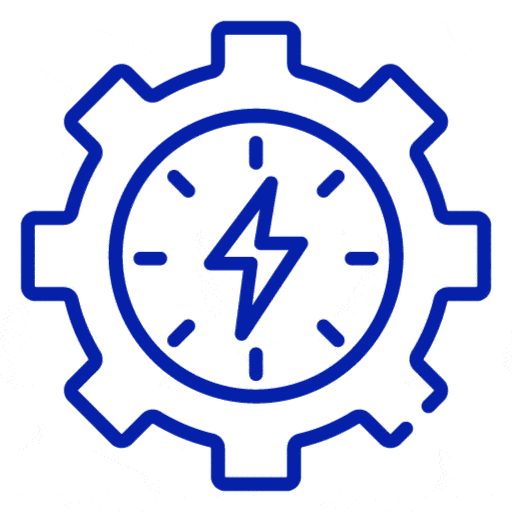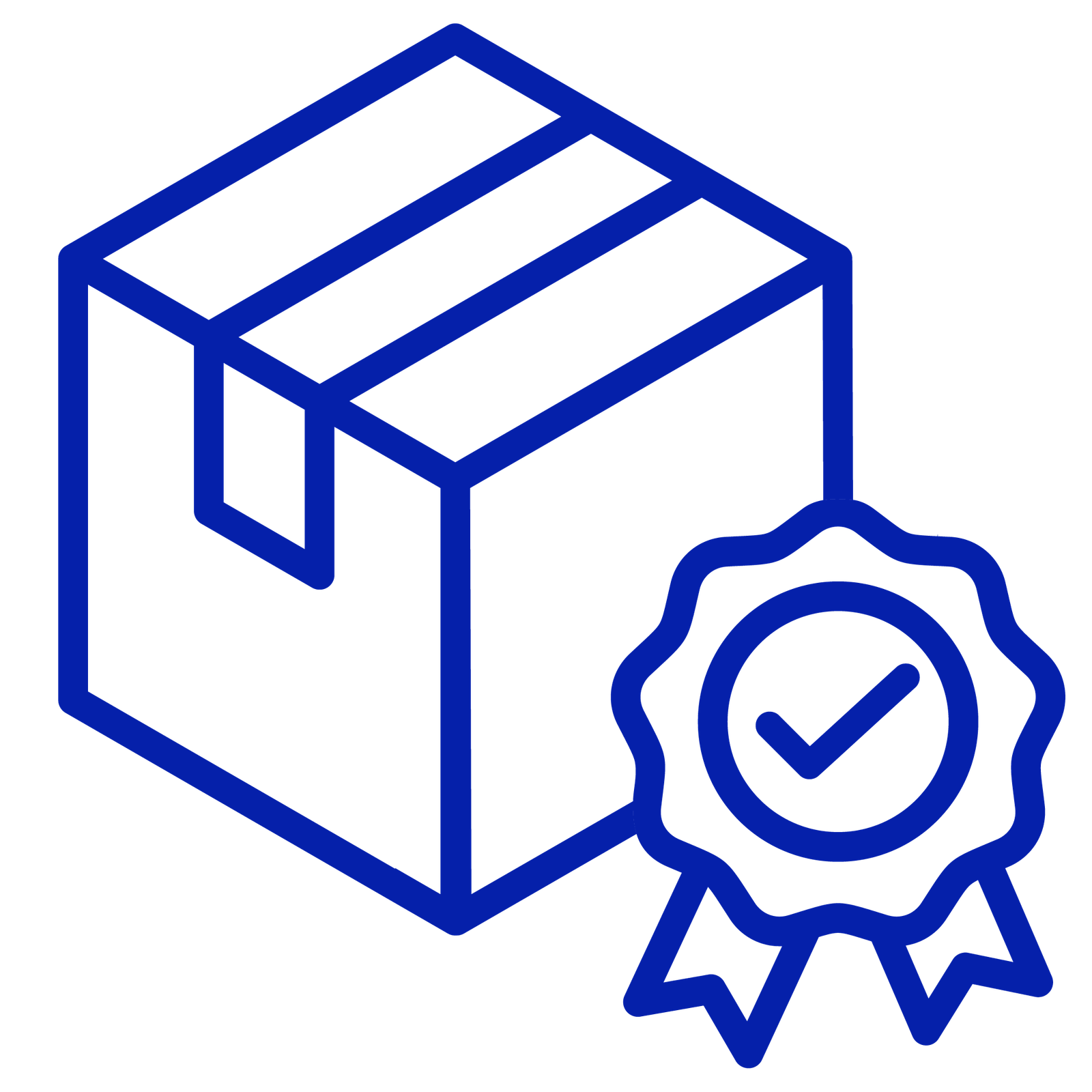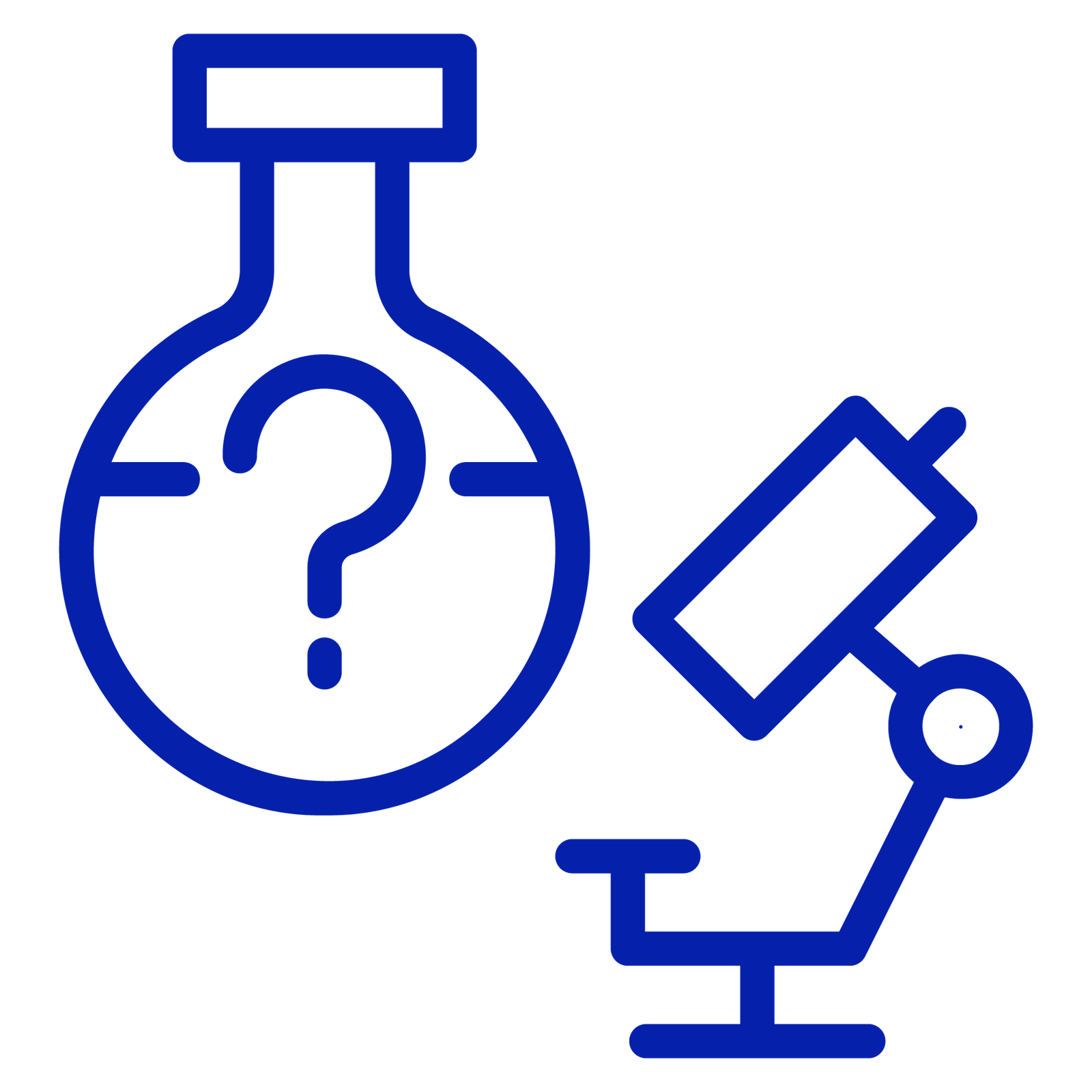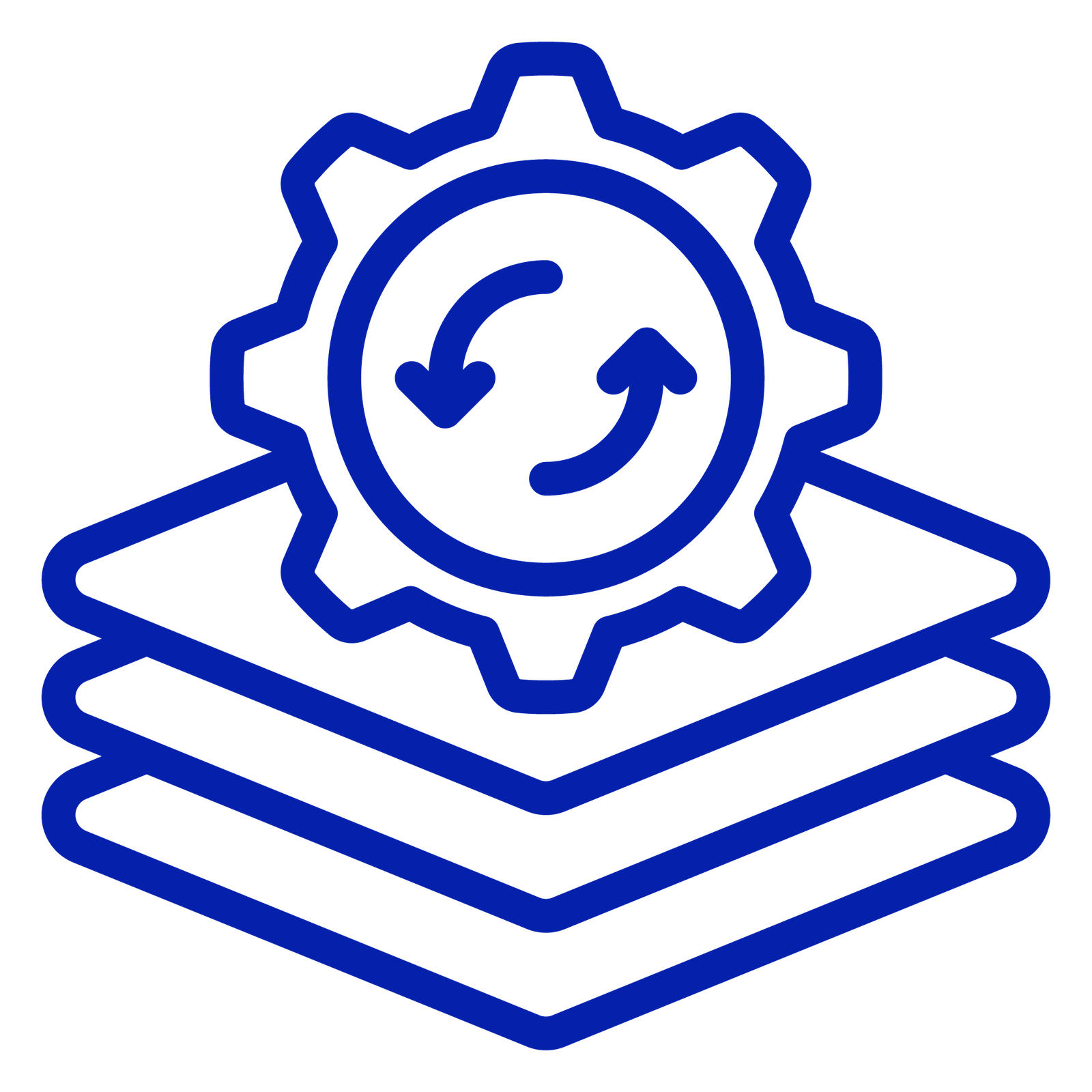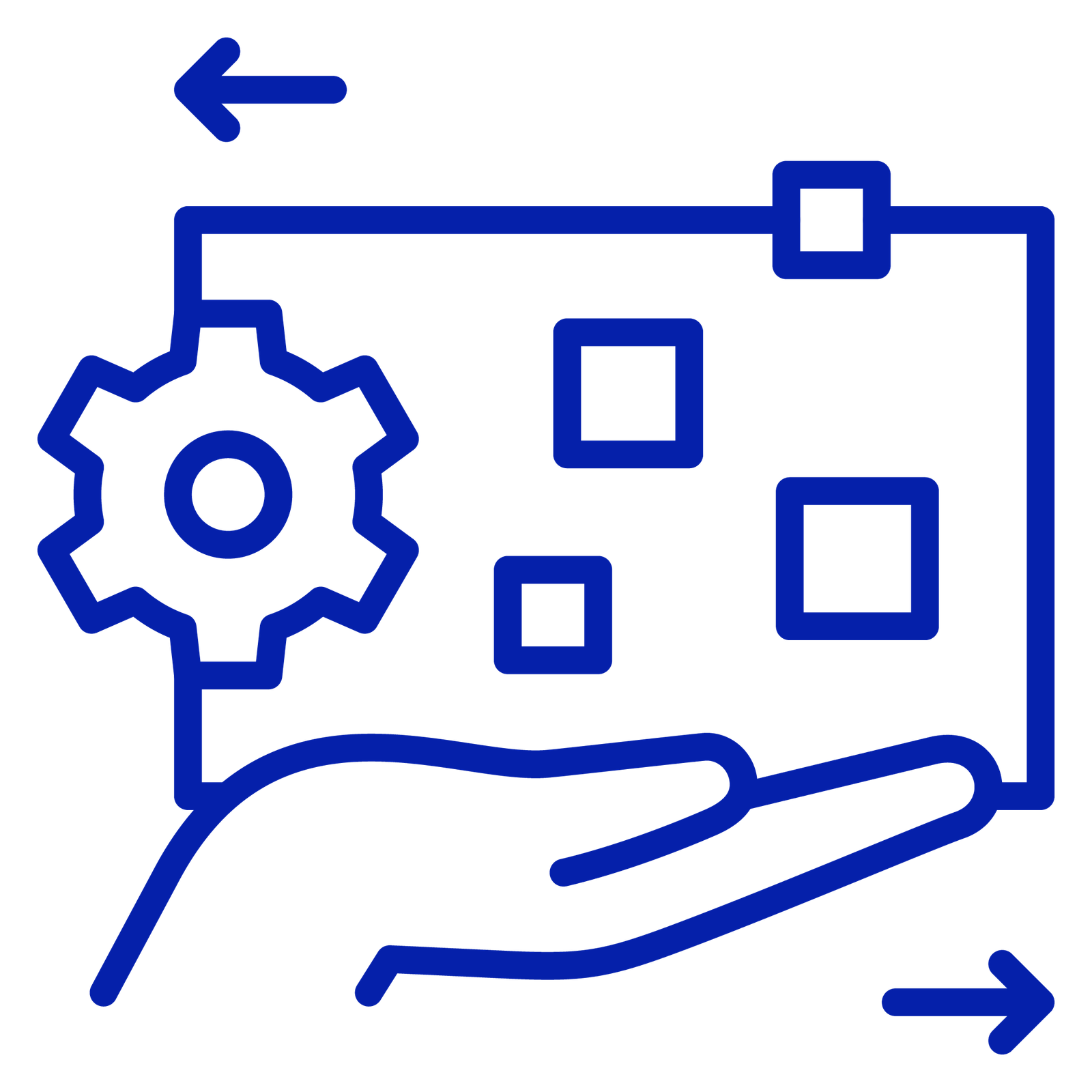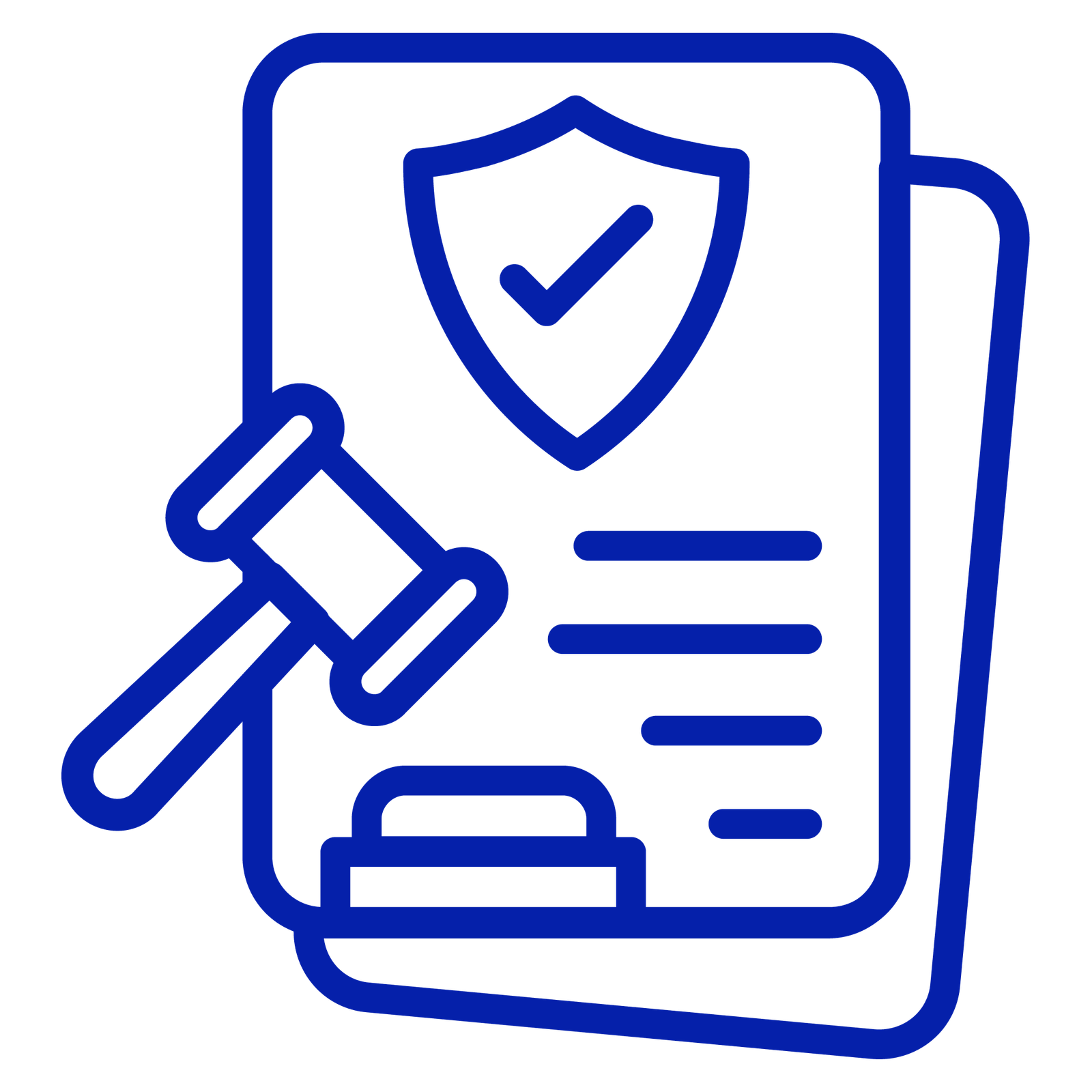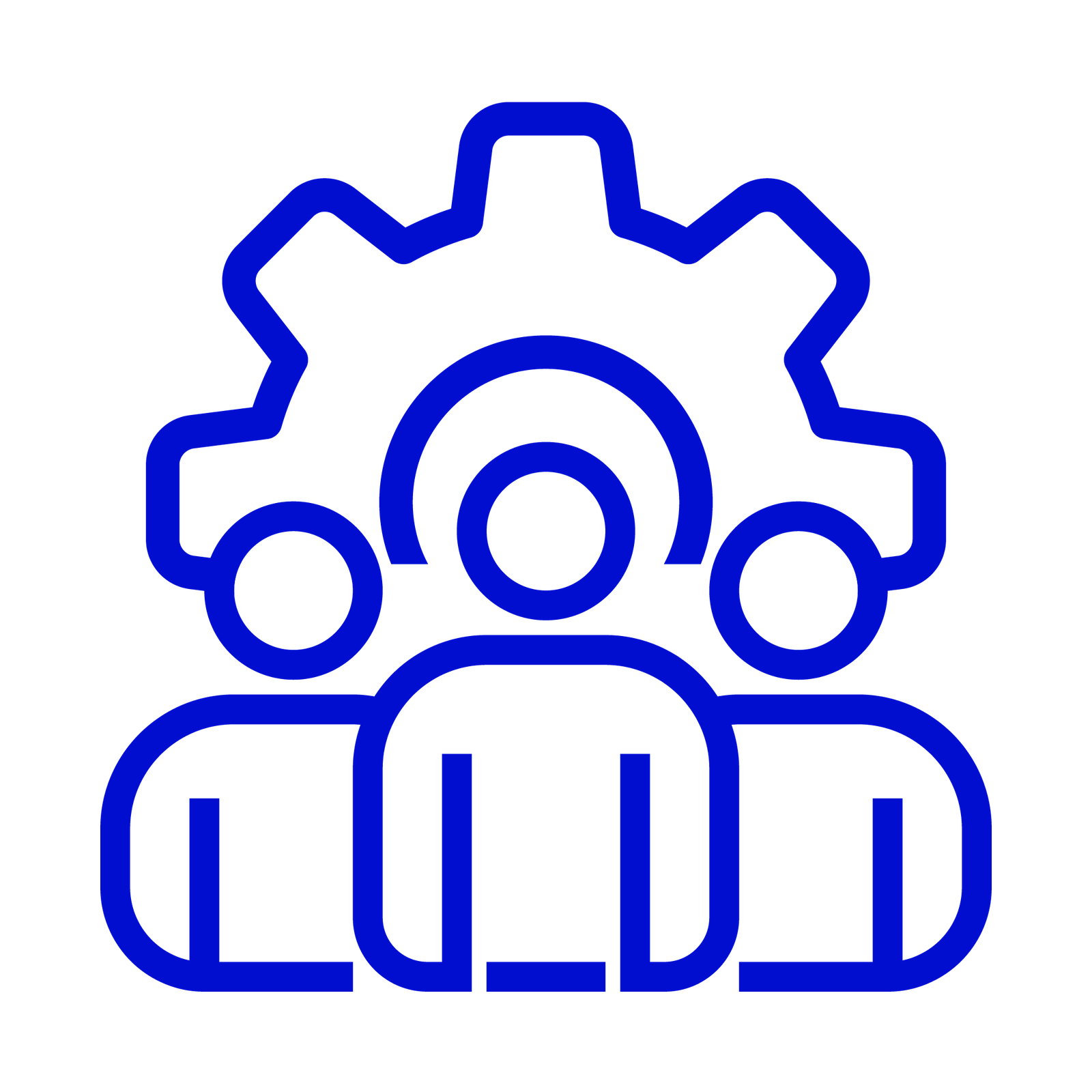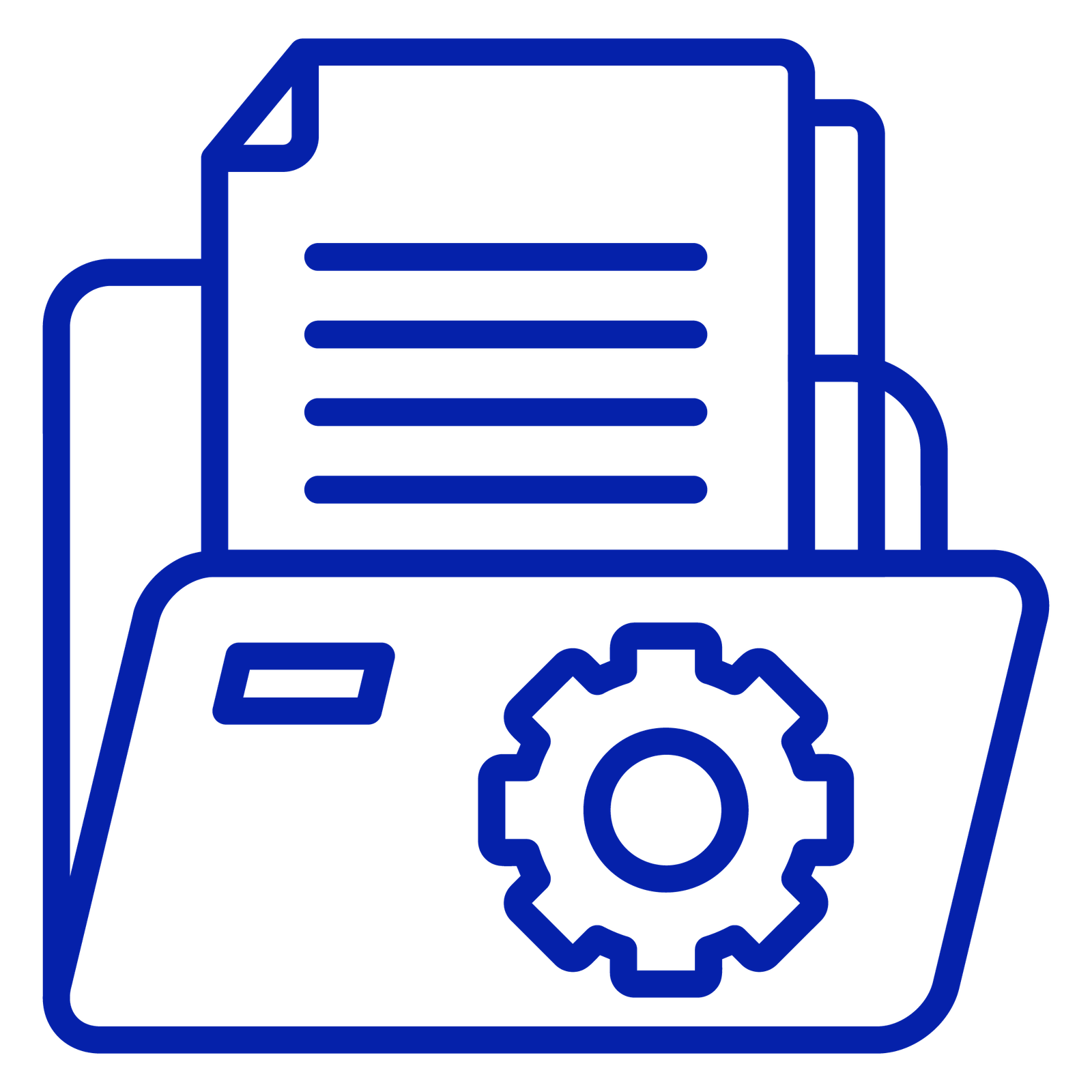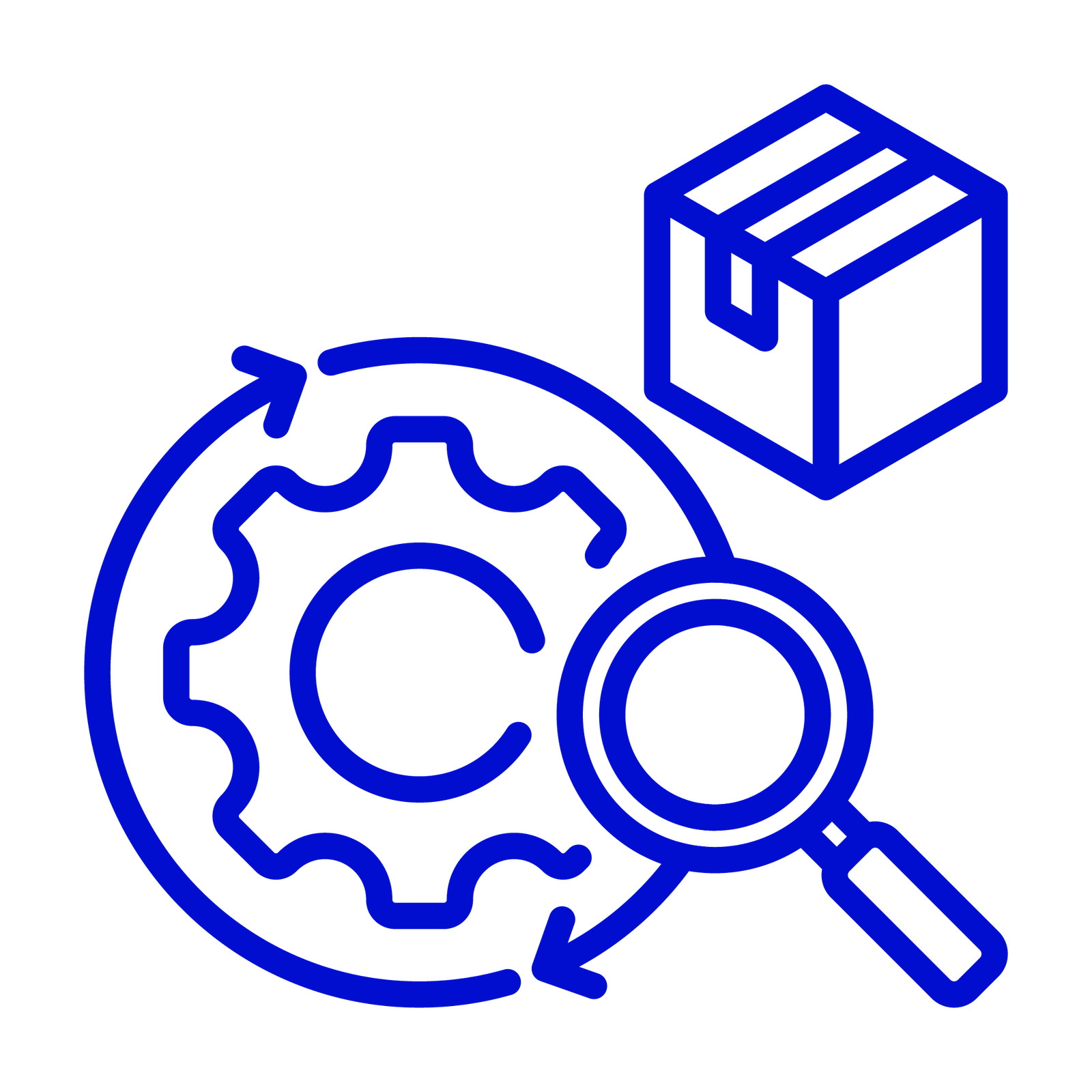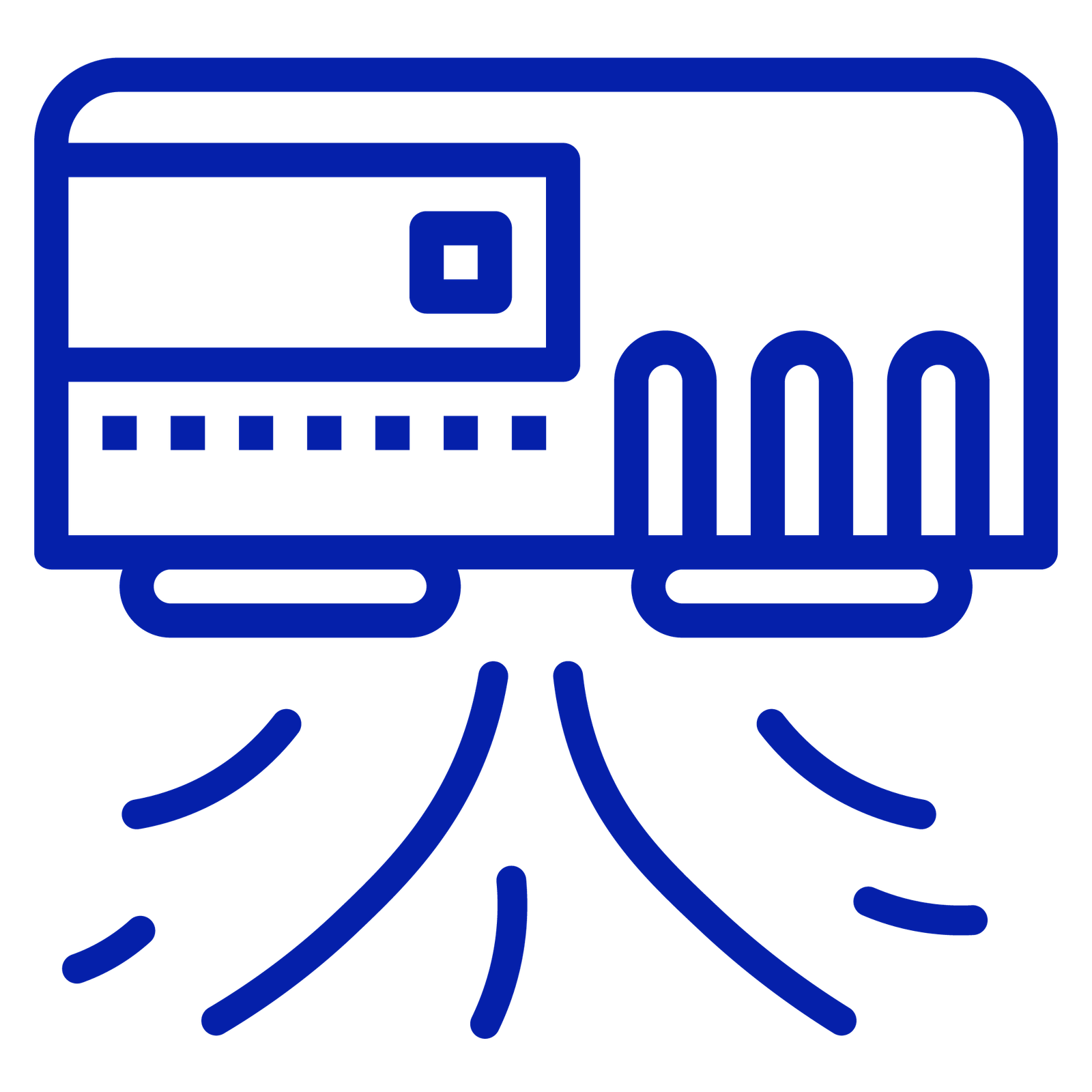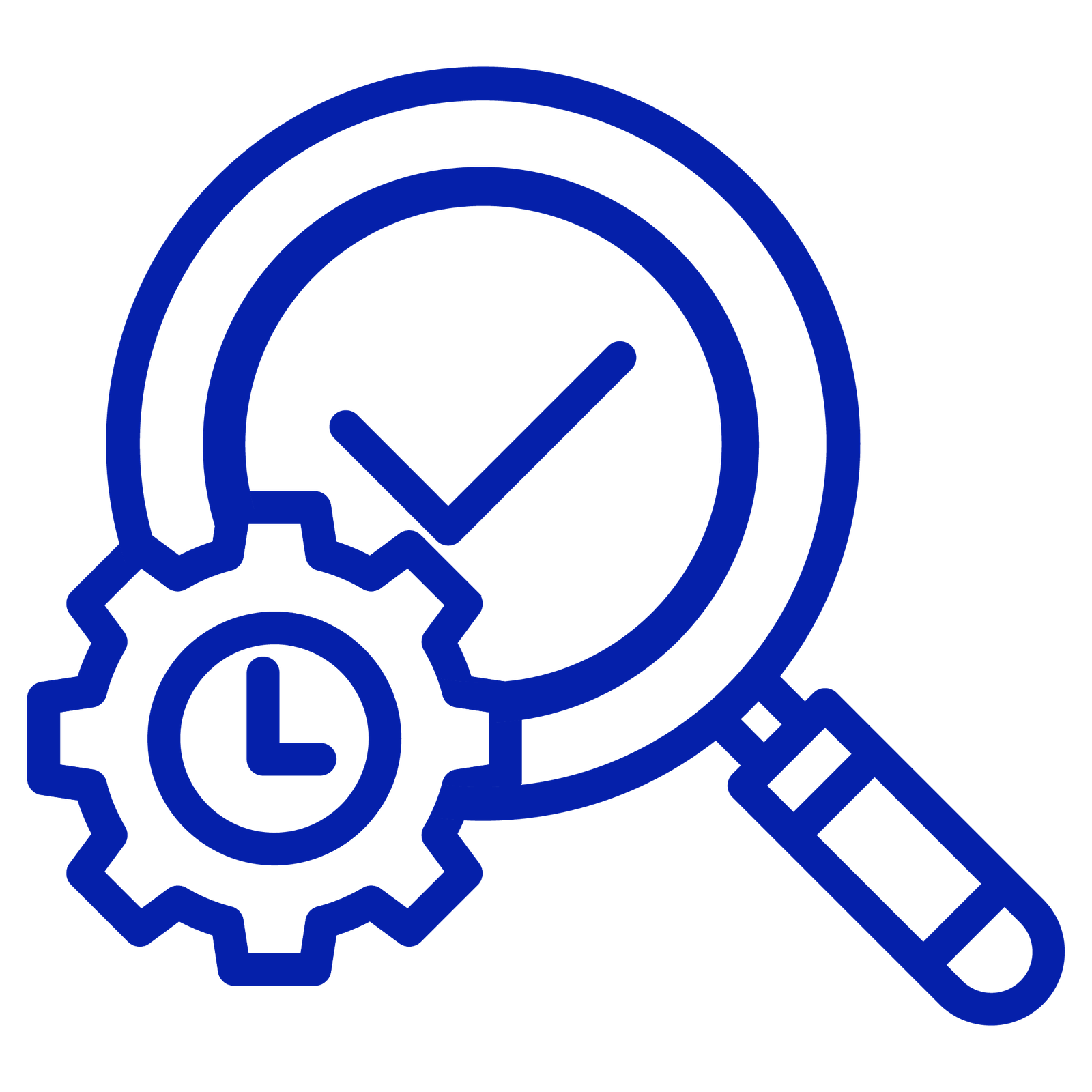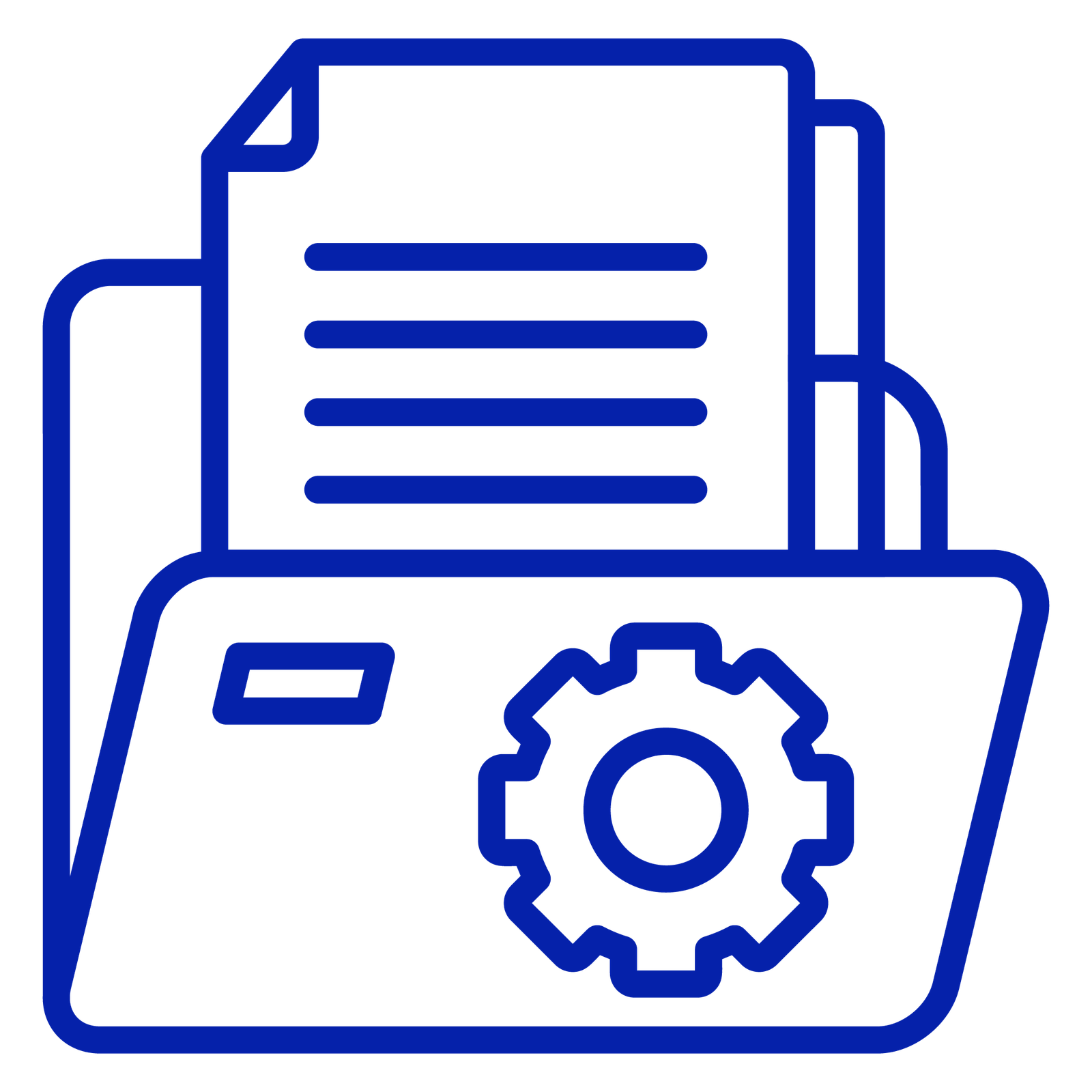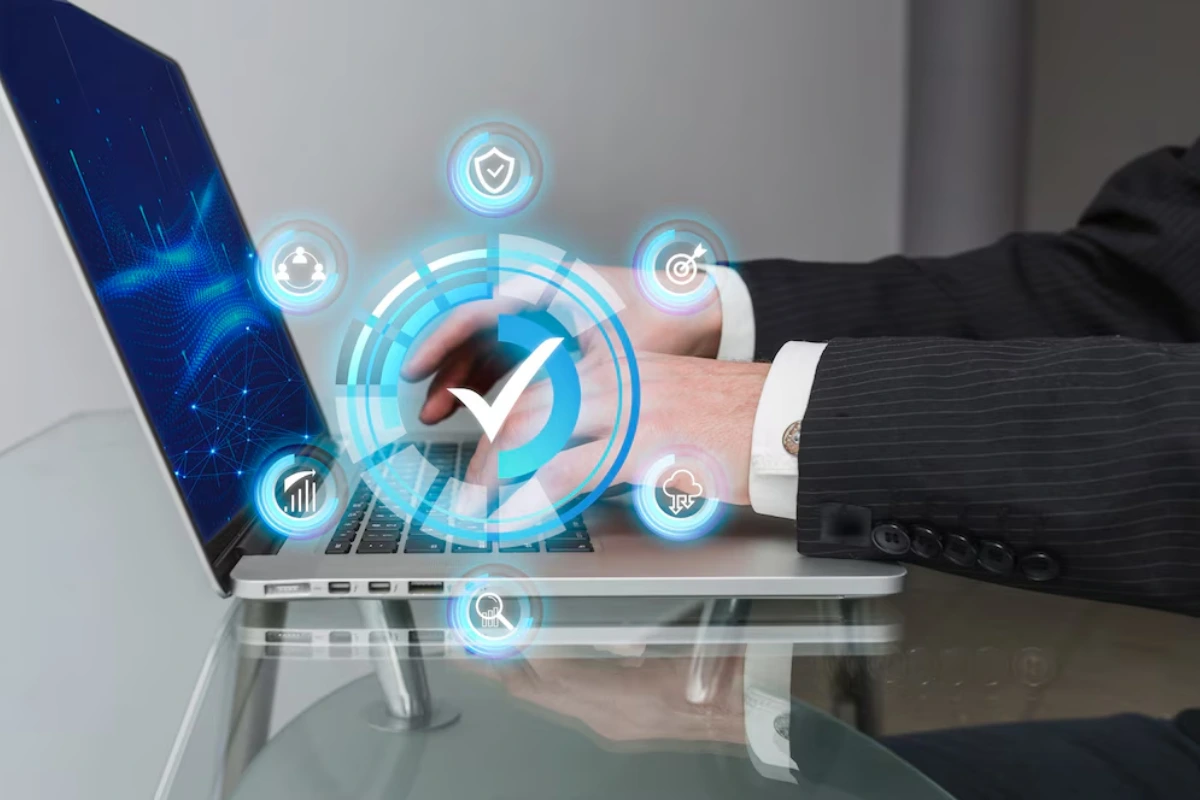
In pharmaceutical manufacturing, cleaning validation is not just a technical requirement; it plays a crucial role in ensuring patient safety and product quality. This process ensures that equipment is thoroughly cleaned and free from residues, contaminants, and microorganisms, making sure every batch of medicine meets the highest standards. Beyond protecting public health, cleaning validation helps manufacturers adhere to strict regulations set by global agencies like the FDA and EMA, mitigating risks of costly fines or recalls.
Today, innovative solutions like AmpleLogic’s Cleaning Validation Software are revolutionizing how companies approach this critical task. By automating complex workflows, reducing human errors, and providing real-time monitoring, AmpleLogic empowers manufacturers to streamline their cleaning processes while boosting operational efficiency. This shift not only simplifies compliance but also ensures pharmaceutical products consistently meet the rigorous safety standards patients rely on.
What is Cleaning Validation?
Cleaning validation is the documented evidence that cleaning procedures effectively remove residues of previous products, cleaning agents, and microbial contaminants from manufacturing equipment. It ensures the safety, efficacy, and integrity of pharmaceutical products while complying with Good Manufacturing Practices (GMP). Regulatory bodies like the FDA, EMA, WHO, and CDSCO mandate cleaning validation to uphold industry standards.
Importance of GMP Cleaning Validation
- Patient Safety: Prevents contamination that could harm patients.
- Product Integrity: Ensures subsequent batches are free from residues or contaminants.
- Regulatory Compliance: Meets requirements set by global agencies like FDA 21 CFR Part 211 and EMA Annex 15.
Operational Efficiency: Reduces downtime and batch failures by maintaining clean equipment.
Must Read – Best Practices for Implementing Cleaning Validation in Pharma
Key Components of Cleaning Validation

GMP Cleaning validation involves several critical aspects to ensure its effectiveness:
- Maximum Acceptable Residue Limits
Before starting validation studies, scientifically justified residue limits must be established based on toxicological data and regulatory requirements. These limits define the maximum allowable carryover (MACO) to avoid contamination risks.
- Risk Assessment
A risk-based approach evaluates potential contamination sources and prioritizes cleaning efforts for high-risk areas. This ensures resources are allocated efficiently while maintaining compliance.
- Validation Studies
The cleaning process must be validated to demonstrate its ability to consistently remove contaminants under worst-case conditions. This includes testing for product residues, cleaning agents, and microbial contaminants.
- Continuous Monitoring
Periodic validation and ongoing monitoring ensure the cleaning process remains effective over time. Advanced tools like AmpleLogic’s CVS provide real-time alerts for deviations in critical parameters such as temperature or cleaning agent concentration.
- Documentation
Comprehensive documentation forms the backbone of cleaning validation. It includes protocols, procedures, acceptance criteria, sampling methods, analytical results, and reports to provide evidence of compliance.
Steps in GMP Cleaning Validation
Automated Cleaning validation follows a structured approach to ensure thoroughness and consistency:
- Define Scope: Establish objectives and scope for the validation program.
- Select Worst-Case Scenarios: Test under conditions that represent the highest risk of contamination.
- Identify Worst-Case Products and Equipment: Determine which products and equipment are most challenging to clean based on factors like solubility, toxicity, and batch size.
- Develop Cleaning Procedures: Specify cleaning agents, methods, frequencies, and equipment-specific protocols.
- Set Acceptance Criteria: Determine residue limits based on toxicological data.
- Conduct Risk Assessments: Identify contamination risks and prioritize mitigation strategies.
- Validate Cleaning Process: Test procedures to confirm their effectiveness.
- Monitor Continuously: Use real-time monitoring tools to ensure ongoing compliance.
Must Read – Ensuring Quality Through Cleaning Validation Software in Pharmaceutical Manufacturing
Challenges in Traditional Cleaning Validation
Despite its importance, traditional cleaning validation methods face several challenges:
- Manual Processes: Tracking cleaning requirements manually increases the risk of errors.
- Time-Consuming Calculations: Determining MACO manually can delay timelines.
- Cross-Contamination Risks: Manual assessments may miss contamination sources.
- Resource Strain: Labor-intensive workflows reduce productivity.
- Inconsistent Documentation: Paper-based systems are prone to errors and inefficiencies.
Hence, these challenges prove the importance and need for an automated cleaning validation system.
How AmpleLogic’s Software Enhances Cleaning Validation?

AmpleLogic’s Cleaning Validation Software addresses these challenges by introducing advanced features that simplify processes while ensuring compliance:
Key Features
1. AI-Powered Optimization
- Predictive analytics identify trends and optimize cleaning protocols.
- Automated MACO calculations ensure accuracy for thousands of products.
- Suggest MACO enhancement reports.
2. Real-Time Monitoring
- Instant alerts notify operators when deviations occur in critical parameters like temperature or agent concentration.
- Continuous monitoring enhances consistency across batches.
3. Streamlined Documentation
- Auto-generated protocols reduce manual effort while ensuring regulatory readiness.
- Standardized templates eliminate inconsistencies in reporting.
4. Risk Management Tools
- Comprehensive risk assessments identify gaps in cleaning procedures.
- Regulatory adherence features comply with FDA 21 CFR Part 11 and EU Annex 11 standards.
5. Seamless Integration
- Connects with systems like MES (Manufacturing Execution Systems), LIMS (Laboratory Information Management Systems), and DMS (Document Management Systems) for real-time data sharing.
6. User Efficiency Analysis
- Tracks operator performance and identifies areas for improved efficiency in cleaning validation workflows.
7. Scheduler for Cleaning Validation
- Automates scheduling of cleaning activities, ensuring timely execution and reducing manual planning efforts.
Benefits of Automation vs Traditional Methods
The difference between traditional methods and automated cleaning validation solutions is –
| Traditional Methods | Automated Solutions |
|---|---|
| Manual workflows prone to errors | AI-driven automation reduces human intervention |
| Delayed detection of deviations | Real-time alerts enable quick corrections |
| Inconsistent documentation | Standardized templates ensure accuracy |
| Limited visibility into processes | Dashboards provide real-time insights |
Additional Benefits
- Reduces waste by optimizing cleaning agent usage.
- Enhances traceability with QR codes and timestamps.
- Refines protocols over time through machine learning capabilities.
Cleaning Validation Frequency
Even after initial validation, periodic checks are necessary:
1. Routine Verification: Regular sampling confirms residue levels remain within limits.
2. Periodic Revalidation:
- Typically conducted every 6 months to a year or based on risk assessments.
- Some companies follow batch-based revalidation intervals (e.g., every 10 to 20 batches).
3. Triggered Revalidation: Required after major changes such as:
- Process modifications
- New equipment installation
- Product formulation changes
- Cleaning procedure updates
- Equipment maintenance or repair
Acceptance Criteria for Cleaning Validation
Establishing clear acceptance criteria is essential for determining cleaning effectiveness. Key parameters include:
- Visual Cleanliness: No visible residues on equipment surfaces.
- Chemical Residue Limits: Based on toxicological data using PDE (Permitted Daily Exposure) calculations or 10 ppm criteria.
- Microbial Limits: Ensures equipment surfaces are free from harmful microorganisms in sterile and non-sterile production environments.
Risk-Based Approach for Cleaning Validation
A risk-based matrix helps assess the likelihood, severity, and detectability of contamination risks. High-risk areas require stricter controls and more frequent monitoring. Risk scoring systems like the Risk Priority Number (RPN) are commonly used to prioritise cleaning activities.
Future Trends in Cleaning Validation
The future of cleaning validation includes exciting innovations such as:
- High-resolution cameras for visual inspection during cleaning processes.
- Real-time MACO verification systems that ensure residue limits are met during active cycles.
- Intelligent SOP deviation alerts that flag procedural lapses instantly.
Also Read – Cleaning Validation Guidelines in Pharmaceutical Industry
Regulatory Compliance Made Simple
Compliance is a top priority in pharmaceutical manufacturing, and AmpleLogic’s cleaning validation software simplifies this process by adhering to the following:
- FDA 21 CFR Part 11
- EU Annex 11
- WHO guidelines
Features like audit trails, role-based access controls, and electronic signatures ensure accountability while keeping data secure.
Conclusion
Cleaning validation is vital for maintaining product safety, meeting regulatory standards, and improving operational efficiency in pharmaceutical manufacturing. Automating this process with solutions like AmpleLogic’s Cleaning Validation Software helps manufacturers overcome traditional challenges while staying compliant with global requirements.
With advanced features such as AI-driven analytics, real-time monitoring, automated documentation, and seamless integration capabilities, AmpleLogic offers a smarter way to optimize your cleaning validation processes.

About Rajshree Lahoty
Meet Rajshree Lahoty, the writer behind insightful blogs and articles. Armed with a pen mightier than the sword (and a keyboard!), she navigates through the lanes of knowledge with a dash of research and a sprinkle of information.

